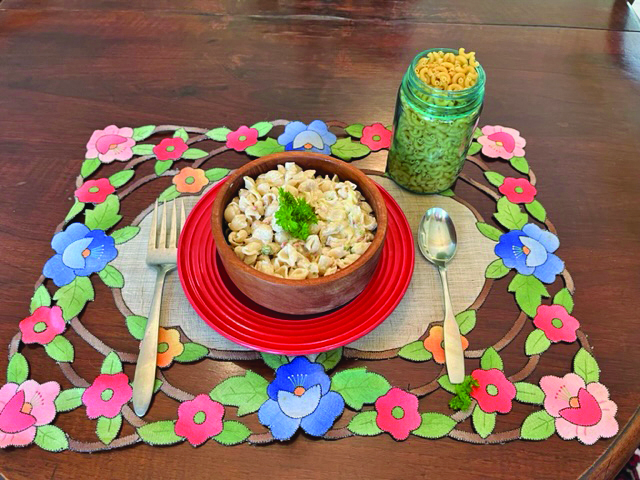Pasta, one of the world’s most popular foods, is found in almost every country, each with its own version.
The word pasta is generally used to describe traditional Italian noodles. It is made of unleavened dough consisting of ground durum wheat and water or eggs. This sets Italian pasta apart from other types of noodles.
China produced a noodle thousands of years ago, and it is believed that during the 8th and 9th centuries, Arabs trading in Sicily brought the noodle to Italy. Once the Italians realized what they had, the history of pasta as we know it today began.
As the years went by, the intensive all-day process of making pasta (in fact the word macaroni actually comes from the Sicilian term for kneading dough rapidly) gave way to pasta machines called torchio. Later, the invention of the extrusion press resulted in an explosion in pasta shapes. There are now over 600 varieties of both dry and fresh pastas—and Italy gets the credit.
Early Spanish and English settlers brought pasta ...
To view the rest of this article, you must log in. If you do not have an account with us, please subscribe here.

